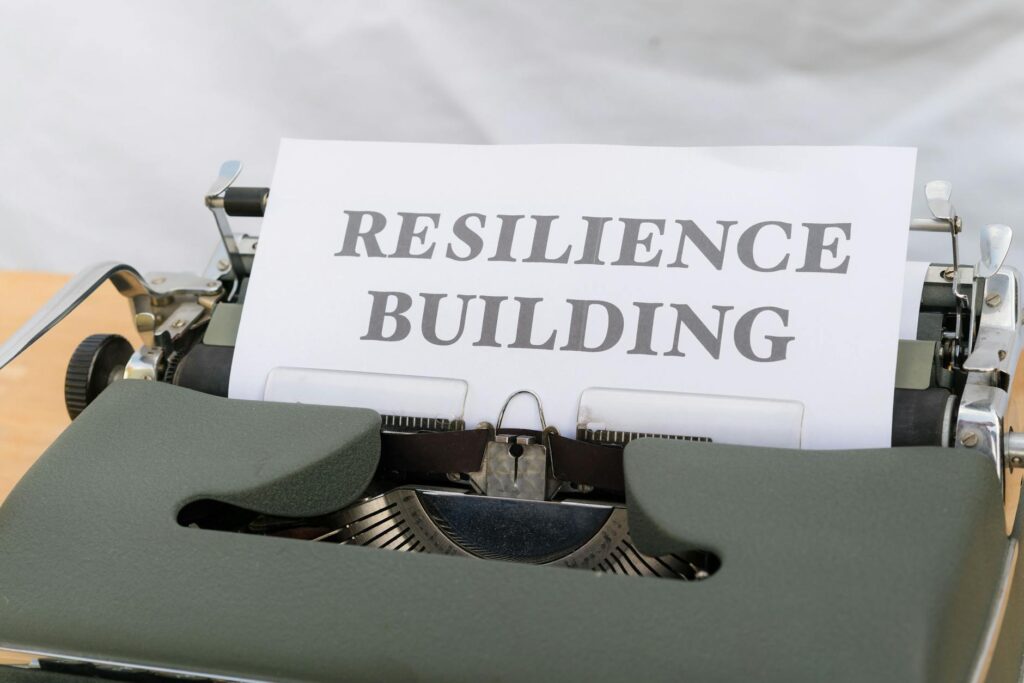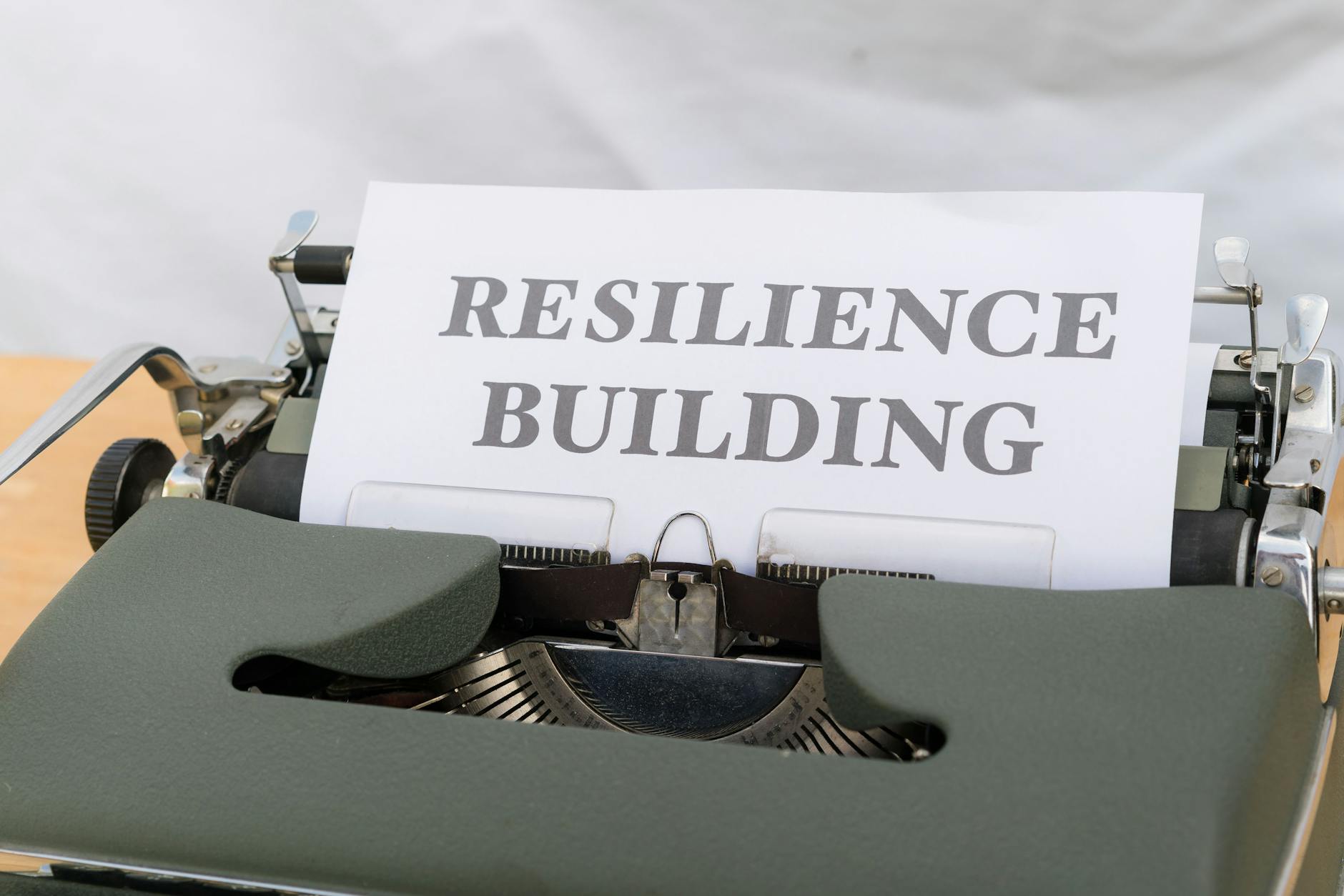What is emotional regulation tactics?

What is Emotional Regulation Tactics?
Emotional regulation tactics are essential tools for managing our emotions effectively. In today’s fast-paced world, where stress and anxiety often reign, mastering these tactics can be a turning point in personal development and productivity. By honing emotional regulation skills, you can achieve a better work-life balance, improve study habits, and cultivate more meaningful relationships.
Understanding Emotional Regulation
Emotional regulation refers to the processes through which we influence our emotions, how we experience them, and how we express them. This concept is crucial for maintaining mental health and productivity. When we effectively regulate our emotions, we can navigate life’s challenges with a clearer mind and a more resilient spirit.
The Role of Emotions in Daily Life
Emotions play a significant role in our decision-making, productivity, and interpersonal relationships. For instance, when we feel overwhelmed by frustration, our ability to think clearly diminishes, affecting our work performance. Conversely, positive emotions can boost creativity and motivate us to tackle challenges head-on. Understanding this influence allows us to harness our emotions for better outcomes.
The Science Behind Emotional Regulation
Research has shown that emotional regulation is linked to well-being and effective problem-solving. According to a study published in the National Institutes of Health, individuals who can regulate their emotions tend to experience greater financial success and overall life satisfaction source. Psychological theories, such as the Cognitive-Behavioral Theory, further support the idea that our thoughts significantly impact our emotions and, consequently, our behaviors.
Effective Emotional Regulation Tactics
There are several effective tactics you can use to regulate your emotions successfully. These strategies can help you respond to emotional triggers more constructively.
Cognitive Reframing
Cognitive reframing involves changing your perspective on a situation. When faced with a setback, instead of viewing it as a failure, you can see it as a learning opportunity. This shift in thinking can reduce stress and enhance your emotional resilience.
Mindfulness and Meditation
Practicing mindfulness and meditation fosters emotional awareness. Techniques such as focusing on your breath or observing your thoughts without judgment can help you gain clarity on your emotions. Apps like Headspace and Calm offer guided meditations for beginners interested in this practice.
Breathing Techniques
Breathing exercises are simple yet powerful tools for calming oneself during emotional distress. Techniques like the 4-7-8 method—inhale for 4 seconds, hold for 7 seconds, and exhale for 8 seconds—can quickly reduce anxiety and ground you in the moment.
Journaling for Emotional Clarity
Journaling is a valuable practice for processing emotions. Writing about your feelings can boost emotional intelligence by helping you identify patterns and triggers. It allows you to reflect on your experiences and gain insight into your emotional responses.
Seeking Support
Don’t underestimate the importance of social support. Talking to friends, family, or a mental health professional can provide perspective and comfort during challenging emotional times. Building a support network is crucial for effective emotional regulation.
Implementing Emotional Regulation Tactics in Daily Life
Integrating emotional regulation tactics into your daily routine requires intention and practice.
Creating a Personal Emotional Regulation Plan
Start by developing a personalized plan that incorporates various emotional regulation tactics. Identify specific situations that trigger strong emotions for you and determine which techniques are most effective in those moments. This plan will serve as a roadmap for navigating emotional challenges.
Practicing Self-Compassion
Being kind to yourself is essential in the emotional regulation process. Accept that everyone experiences difficult emotions and that it’s okay to struggle. Practicing self-compassion can aid you in accepting your feelings without judgment, making it easier to work through them.
The Impact of Emotional Regulation on Productivity
Effective emotional regulation can significantly enhance productivity and overall well-being. By managing your emotions, you can focus better, make clearer decisions, and foster positive interactions with colleagues and peers.
Case Studies and Real-Life Examples
Numerous individuals and organizations have successfully implemented emotional regulation tactics. For instance, companies that promote employee wellness programs often report lower turnover rates and higher employee satisfaction. One such program highlights the power of mindfulness in reducing workplace stress source.
Measuring Success and Progress
To evaluate the effectiveness of your emotional regulation tactics, consider journaling your experiences and emotions regularly. Reflect on how these practices impact your daily life and productivity. Self-assessment tools and feedback from trusted friends can also provide valuable insights into your progress.
Conclusion
In a world where emotional challenges are commonplace, emotional regulation tactics are vital for personal growth and productivity. By mastering these techniques, you can navigate your emotions more effectively, leading to improved relationships, enhanced focus, and greater overall well-being. Start implementing these tactics today, and witness the positive changes in your life unfold.

Photo by Markus Winkler